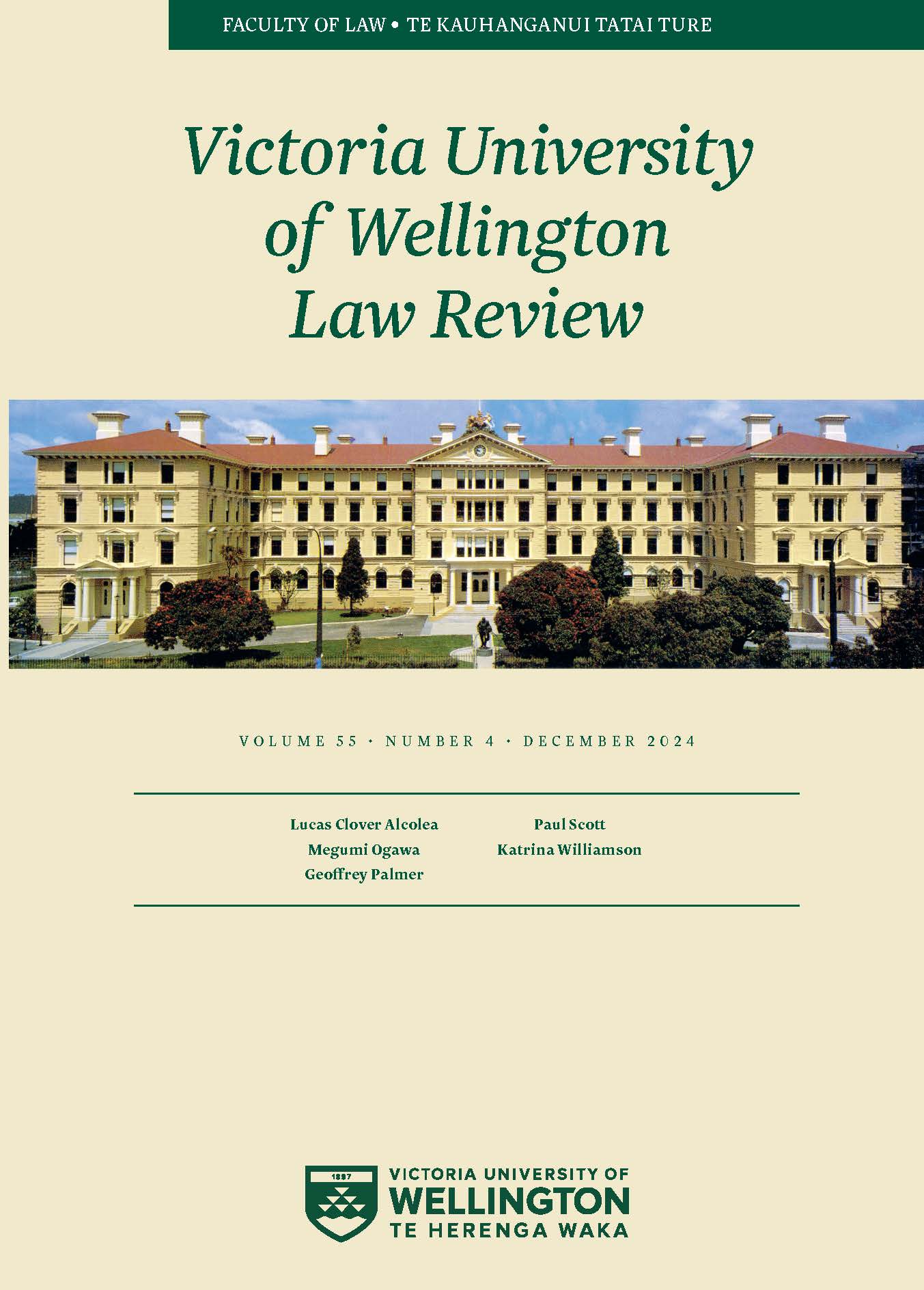The Nature of the Trust: Quo vadis, New Zealand?
DOI:
https://doi.org/10.26686/vuwlr.v55i4.9869Abstract
The exact nature of the trust, as well as the nature of the beneficiary's interests thereunder, has been a matter of sustained debate for those operating in the trusts field for well over a century. Are they proprietary? Obligational? Some combination of the two? The debate is not merely the result of the academic desire for conceptual clarity but rather boils down to debates about how best to explain the practice of trust law and render its various doctrines intelligible. For example, how does one explain a beneficiary's rights to trace misappropriated trust property into substitute assets held by third parties? Or the rule in Saunders v Vautier?
This article analyses the three major explanatory frameworks that have been used to explain these rules, as well as the practice of trust law generally: i) the "rights against rights" framework, ii) the traditional "split title" framework and iii) the "impressed obligations" framework. In doing so, it argues that the most convincing explanation of the practice of trust law lies in a reconciled version of the split title and impressed obligations framework.
Downloads
Downloads
Published
How to Cite
Issue
Section
License
Authors retain copyright in their work published in the Victoria University of Wellington Law Review.


